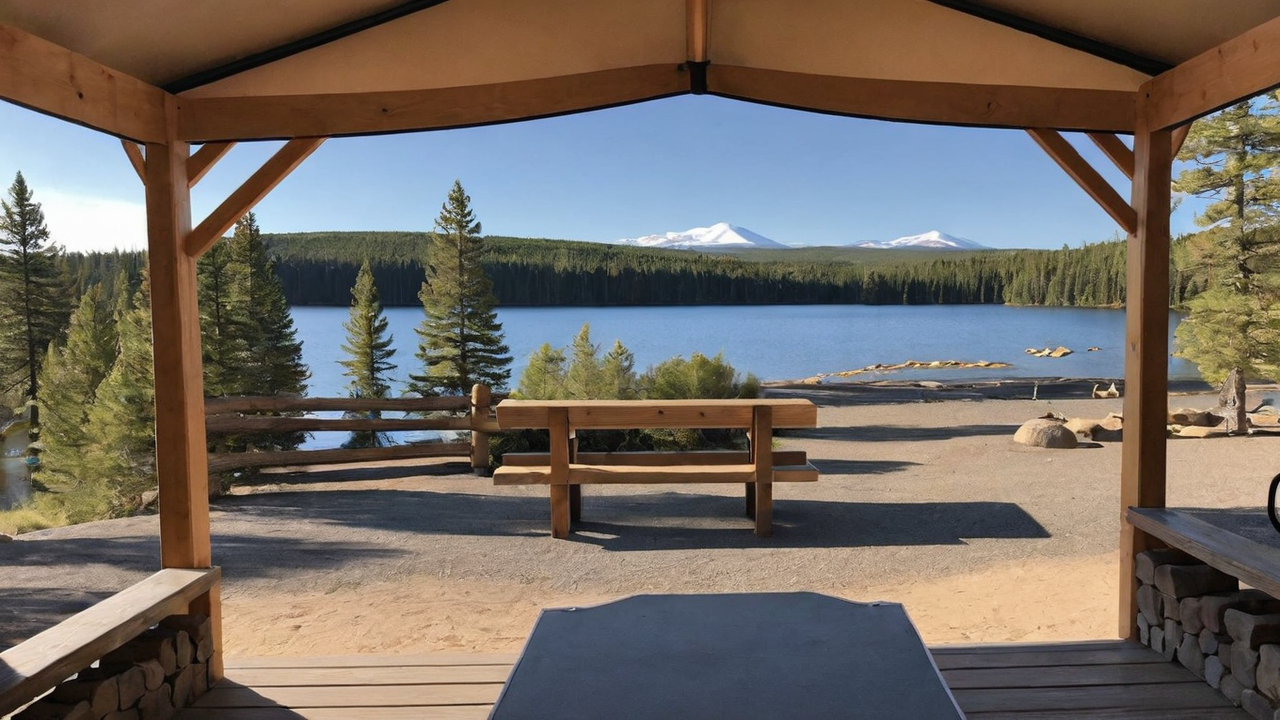Improving Site Choice with Geographic Information Systems Integration in Campsite Administration Software

Leveraging GIS for Enhanced Campsite Configurations
Integrating GIS into campground management software transforms the way campsites are designed and operated. By leveraging accurate geographical data, administrators can optimize the layout for improved accessibility and guest experience. This integration allows for the creation of detailed site maps that include existing landscapes, maximizing the use of space while preserving the environment.
The capability to visualize and adjust the campground layout in real-time offers a significant advantage in planning and development. Precise GIS data helps in identifying ideal locations for amenities, ensuring they are both accessible and environmentally sustainable. This approach not just enhances guest contentment but also contributes to a reduced environmental impact.
Simplifying Reservation Systems with Geographic Information Systems
By integrating GIS into campground reservation systems, providers offer a more engaging booking experience for campers. Guests can choose their preferred spots based on real-time geographical data, including proximity to amenities and picturesque views. This level of detail in site choice significantly enhances planning and satisfaction for campers.
Furthermore, this system cuts down the likelihood of overbooking and clashes between reservations. Accurate GIS data ensures that each site is accurately charted, with clear demarcations, thus making a smoother reservation process. This effectiveness not only reduces time for campground managers but also enhances the overall customer experience.
Enhancing Safety and Emergency Response with GIS
Integrating GIS into campground management solutions greatly improves safety and emergency preparedness. Detailed site maps permit for precise placement of emergency services like fire stations, medical points, and evacuation routes. This availability to vital information can significantly accelerate response times in critical situations, potentially saving lives.
Moreover, GIS data can be used to identify areas prone to environmental hazards such as flooding or wildfires, enabling for the development of proactive safety measures. Through this approach, campground managers can implement precautionary measures and inform guests of possible risks, thus ensuring a safer camping experience for everyone.
Maximizing Amenity Allocation With GIS
GIS technology allows campground managers to effectively allocate amenities across the site. By analyzing geographical data, managers are able to determine the most strategic placements for amenities such as restrooms, picnic areas, and playgrounds. This ensures that all guests have convenient access to amenities, enhancing their total satisfaction.
Additionally, GIS can help in monitoring the usage of environmental assets, promoting sustainable management within the campground. Through precise mapping, campsites can avoid overuse of vulnerable areas, supporting in conservation efforts and protecting the natural appeal and integrity of the landscape.
Boosting Visitor Engagement with Interactive GIS Features
Interactive GIS maps boost guest engagement by offering an immersive exploration of the campground before arrival. Guests can explore different areas, view photos, and read about nearby attractions directly via the campground’s webpage. This pre-arrival engagement starts the guest experience on a high note, raising anticipation and satisfaction.
Moreover, these interactive tools can act as a resource throughout the stay, providing real-time information on weather conditions, upcoming events, and available facilities. Such accessibility guarantees that campers remain informed and can fully enjoy their outdoor adventure.
Advancing Eco-friendly Conservation with GIS
GIS integration in campground management systems plays a crucial role in advancing eco-friendly sustainability. Precise mapping enables for thoughtful planning and conservation of environmental resources, reducing anthropogenic footprint on the environment. This tools facilitate to monitor and manage ecosystems, water bodies, and vegetation, ensuring their preservation for future generations.
Furthermore, by leveraging environmental GIS data, campgrounds can determine regions ideal for solar panels installations or other green initiatives. This approach not only boosts the campground’s environmental stewardship but also reduces operational costs, demonstrating a commitment to conserving the natural world.
Incorporating Local Insights into Campsite Development with GIS
GIS technology enable campground managers to incorporate community insights into campground development. By collaborating with community members, operators can gain a deeper understanding of the area and its historical significance. Such collaboration guarantees that campgrounds are planned with respect for local values and heritage, enriching the visitor experience.
Moreover, such integration assists in identifying distinct opportunities for campsite activities and offerings that showcase the local culture and natural beauty. Incorporating local insights into the planning process not only enhance the genuineness of the campground but also strengthens bonds with the local community, establishing a beneficial impact for all parties.
Adjusting to Changing Guest Needs with Adaptive GIS Data
The landscape of outdoor hospitality is always changing, with guest demands getting more complex. Utilizing dynamic GIS data allows campground managers to swiftly adjust to these shifts by updating amenities and services to meet contemporary demands. This flexibility guarantees that campsites remain appealing and relevant in a rapidly changing market.
Additionally, the capability to collect and analyze guest feedback through GIS-based applications means campground managers can continuously refine their offerings. Tailoring the camping experience to meet individual preferences not only increases visitor contentment but also promotes return visits, driving the success of the campground in the long term.
dive in